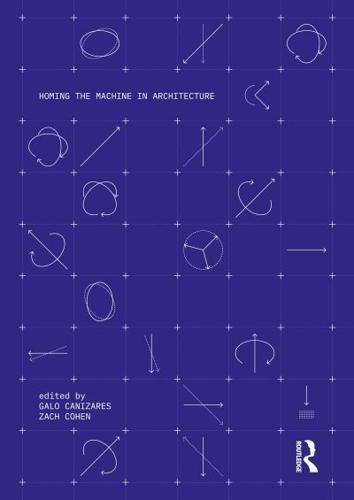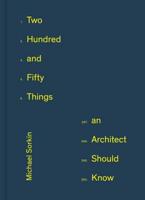Publisher's Synopsis
Homing the Machine in Architecture is a series of conversations on the ways designers, practitioners, historians, and theorists orient themselves within the world of architectural digital fabrication.
To "home" a digital fabrication machine is to send it back to its origin point-a point that can be specified by the fabricator in advance of the fabrication process or by the defaults that are pre-programmed into the machine. The homing process is necessary and productive since it determines the physical point at which the machine (and the maker) begin making-every time that architectural designers begin to digitally fabricate something new, they first need to home the machine. This book gathers first- and second-hand accounts of the origins of individual "digi-fab" practices from the emergence of advanced prototyping tools to the contemporary moment. It features interviews, essays, and case studies organized around three questions: What are the possible histories of digital fabrication in architecture? How do designers orient themselves in this emergent discipline? What conceptual original points do architectural designers return to when they home their machines?
The discourse that emerges from this collection aims to reach practicing architects using digital fabrication, as well as upper-level students and academics of digital architecture, architectural theory, and architectural history.










